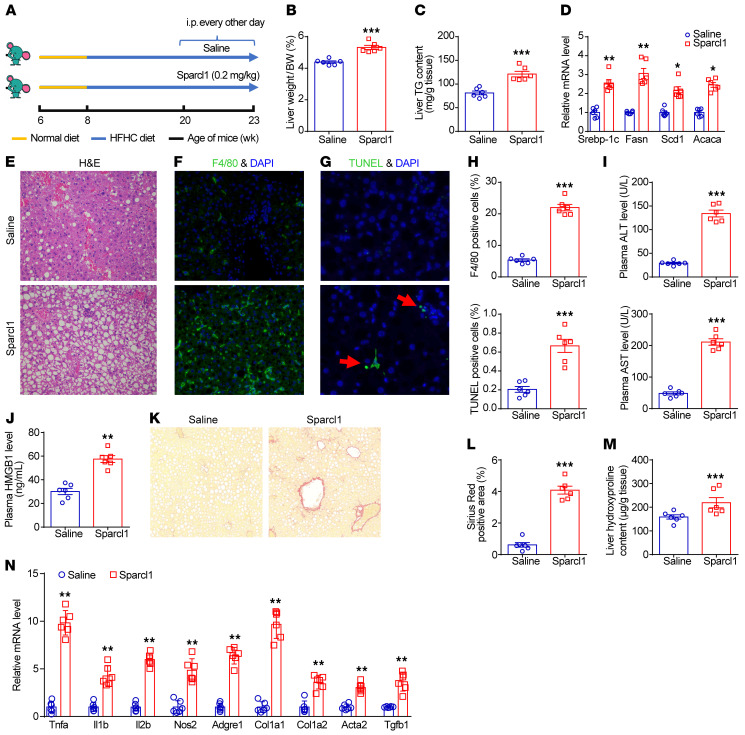Figure 3. Chronic Sparcl1 treatment promotes NASH progression in mice.
(A–N) C57BL/6J mice were fed an HFHC diet for 12 weeks, starting at 8 week of age. Then, mice were intraperitoneally injected with vehicle control (saline) or Sparcl1 (0.2 mg/kg) every other day for 3 weeks. n = 6 per group. (A) Schematic of the experimental strategy. (B–D) Liver/body weight ratio (B), hepatic triglyceride content (C), and relative mRNA expression of lipogenic genes in livers of mice (D). (E–G) H&E (E), F4/80 immunofluorescence (F), and TUNEL staining (G) of liver sections. (H) Quantification of the F4/80 and TUNEL staining images. (I and J) Plasma ALT and AST (I) and HMGB1 (J) levels. (K and L) Sirius red staining of liver sections (K) and quantification of images (L). (M) Liver hydroxyproline content. (N) Relative mRNA levels of genes involved in hepatic inflammation and fibrosis. Data are represented as mean ± SEM. *P < 0.05, **P < 0.01, ***P < 0.001 by 2-tailed Student’s t test (B–D, H–J, and L–N). Original magnification, ×200 (E–G and K).

